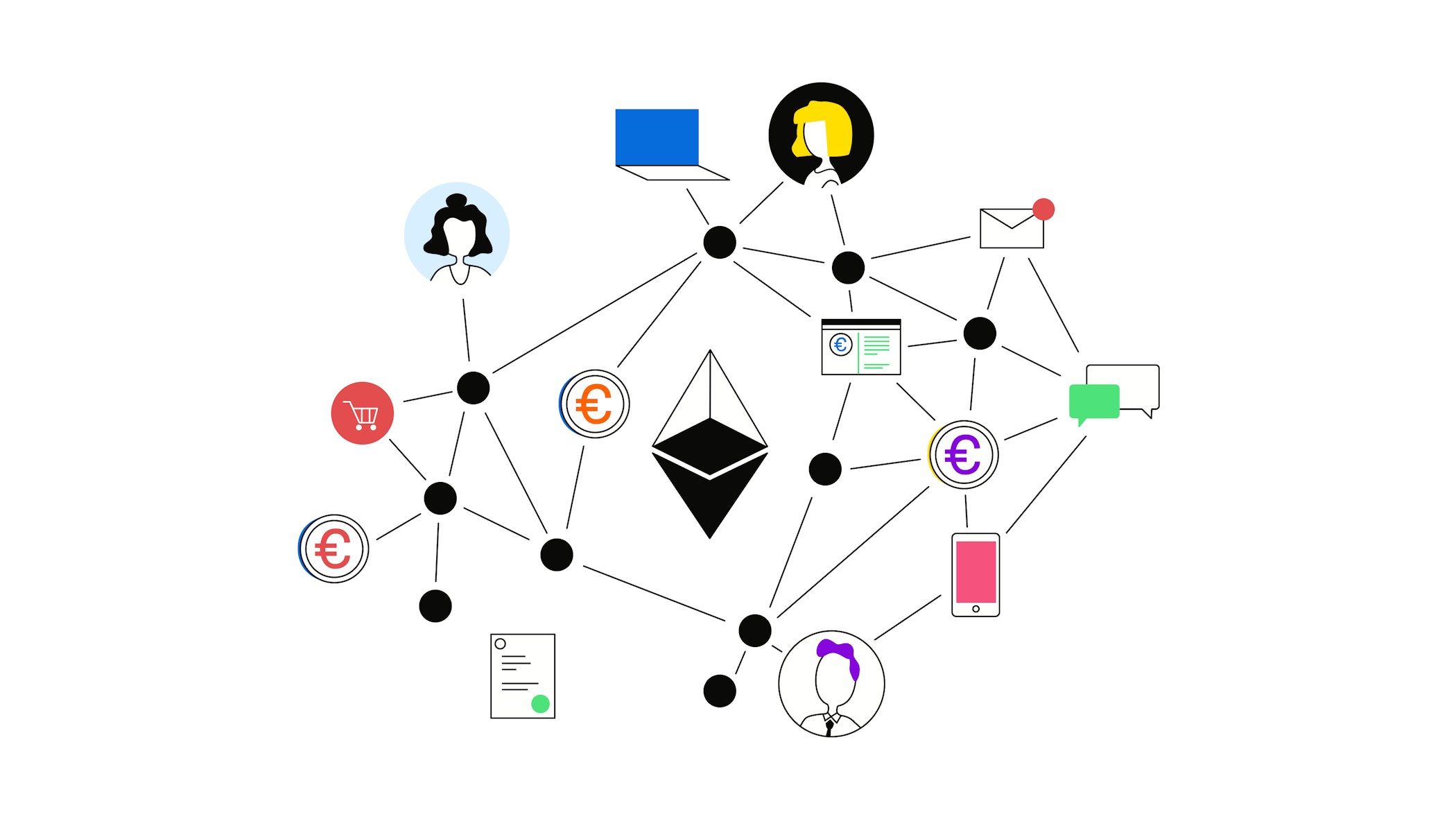

Aniketh Vijesh
Blockchain and Web3
BlockchainThe purpose of a blockchain is to have a network of computers agree upon a common state of data Plain and simple. _Any_ person or organization should be able to _participate_ in this process. _No_ person or organization should be able to _control_ this process.
Smart Contract blockchains provide developers with a way to decentralize where the code runs. In this way, code can truly become a public resource. This means code can run without any direct ownership, making it censorship resistant and transparently verifiable.
The specific types of hash functions we are going to focus on are cryptographic hash functions. These hash functions need five specific properties. They must be:
Proof of Work & Mining
Why do we need these?
How do all the nodes decide on what the current state of the data is?
Who gets to add new blocks or transactions to the change, even then how do we know which ones are valid.
Consensus Mechanisms
This the answer to those questions. What these mechanisms do is that a minumum of 51% of the nodes in the blockchain must be in agreement to execute some action.They end up being just rules that the distributed and decentralized blockchain network follow.
The two rules of any consensus mechanism:
One cannot double spend
The longest chain will be the one that the rest if nodes accep as the one true chian, determined by a chains cumulative work. This is know as the Nakamoto Consensus.
Proof of Work
Proof-of-work is the consensus mechanism that allows decentralized networks like Bitcoin and (previously) Ethereum to come to consensus, or agree on things like account balances and the order of transactions. This prevents users from "double spending" their coins and ensures that everyone is following the rules, making proof-of-work-based networks resistant to attack. The consensus mechanism ends up providing security to a blockchain network just because it demands that everyone follow the consensus rules if they want to participate!
In proof-of-work, mining is the "work" itself.
Mining
Mining is process of creating a block of transactions to be added to a blockchain.
In proof-of-work consensus, nodes in the network continuously attempt to extend the chain with new blocks - these are the **miners**, nodes that contain mining software. Miners are in charge of extending a blockchain by adding blocks that contain "valid" transactions. In order to add a block, the network will ask miners for their 'proof-of-work'.
What the Proof of Work Algorithm looks like:
1. Take current block’s block header, add mempool transactions
2. Append a nonce, starting at nonce = 0
3. Hash data from #1 and #2
4. Check hash versus target difficulty (provided by protocol)
5. If hash < target, puzzle is solved! Get rewarded.
6. Else, restart process from step #2, but increment nonce
Why does this work you may ask?
Well it works because we use some encryption method such as SHA256. In SHA256 even a change in a single charater, completely changes the encrypted values. So each of the computers change a small portion of the message or transaction ie; the nonce, until it reached a combination which meets the prescribed criterion.

Aniketh Vijesh
Third-year student @Amrita Vishwa Vidhyapeetam studying B.Tech CSE AI. I work on medical AI, and build cool AI projects!